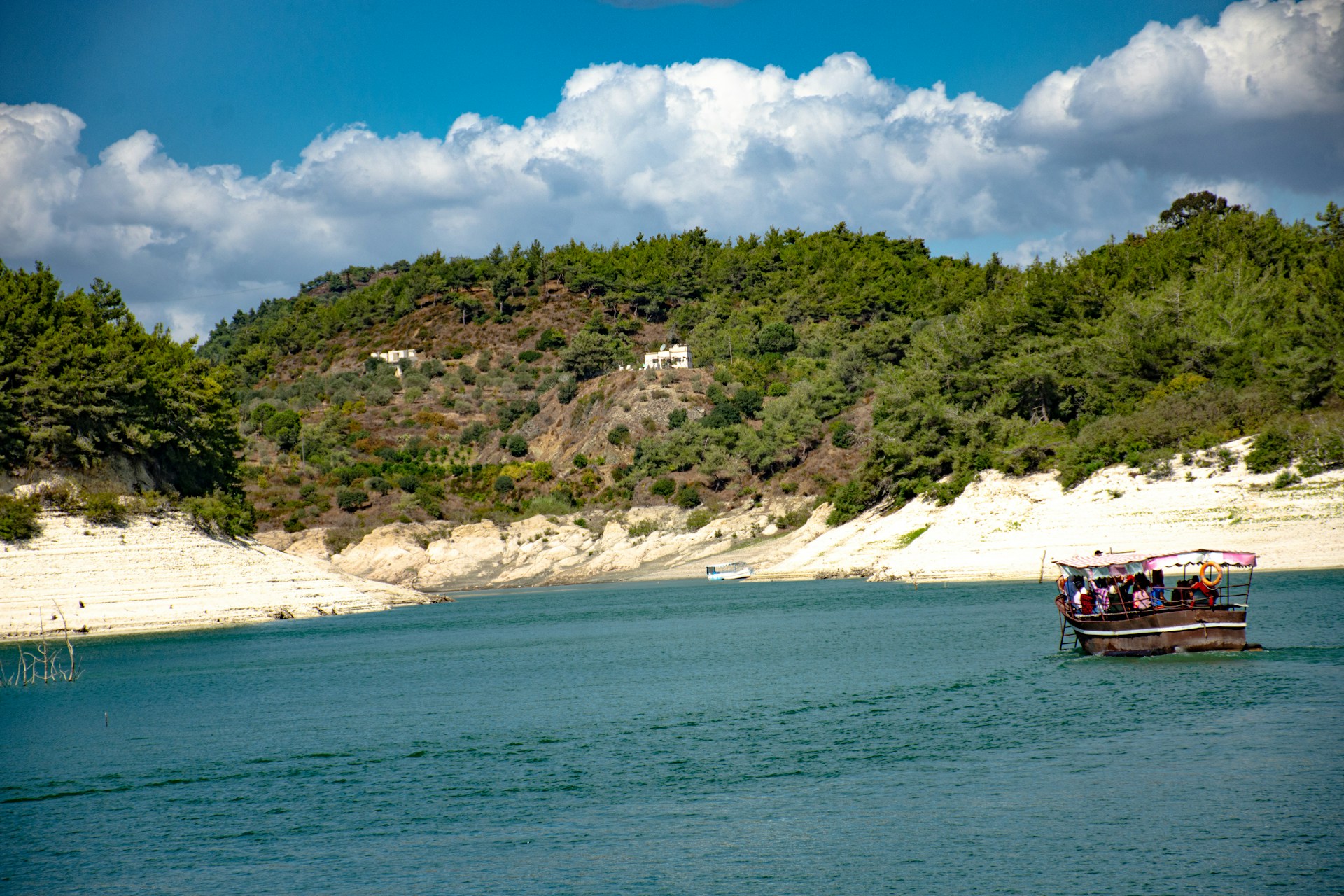Syria, nestled in western Asia, is defined by its diverse landscape, bordered by the Mediterranean Sea to the West, Iraq to the east, Turkey to the north, Israel to the South, and Lebanon to the southwest. Beyond economic challenges and conflicts associated with the Middle East, Syria offers a unique blend of history, cultural richness, and surprising biodiversity. Notably, Syria is home to various dangerous animals, thriving in its varied terrain, encompassing high mountains, fertile plains, and deserts. Explore Syria to discover more than just its tumultuous past; experience the warmth of its people, vibrant cultures, and the unexpected diversity of its wildlife.
Table of Contents
Why visit Syria?
When planning to explore different parts of the Middle East, starting with Syria is a must, considering its widely acclaimed status as the cradle of civilization. The country encompasses four terrestrial ecoregions, including the Mesopotamian shrub desert, south Anatolian montane forests, Mediterranean forests, and xeric grasslands. These diverse environments significantly contribute to the rich variety of creatures inhabiting the region. Whether you are a first-time visitor or returning, exploring the various tourist attractions scattered across the country is essential.
It’s crucial to prioritize safety by always traveling with a guide when in Syria. The country boasts several natural reserves dedicated to preserving its wildlife and natural beauty. This commitment makes Syria a unique destination for travelers seeking encounters with distinctive creatures found nowhere else. However, there are potential dangers to be aware of during your trip to the region. Here are some insights into what dangerous animals you might encounter in Syria.
Striped Hyena
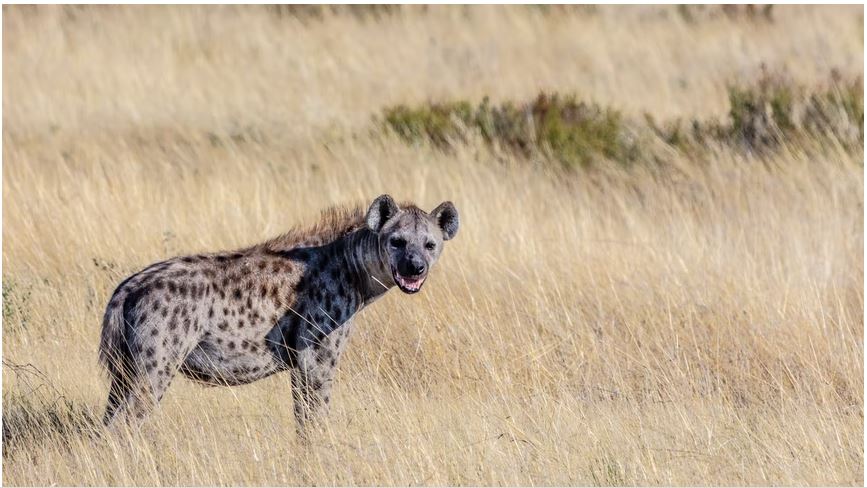
The striped hyena is one of the notable animals in Syria, commonly found in the Eyj Mountains and grassland regions of the country. These creatures, relatives of the African spotted hyenas, are distinguished by their black and white mane and long limbs with short forelimbs. Inhabiting the grasslands and dense vegetation of the Syrian forest, they are known to prey on creatures such as deer, rabbits, and antelopes.
Recognized for their sharp teeth and strong jaws, they are capable of attacking people without provocation, often operating stealthily in packs. While they may also be found in Woodlands under the mountain regions, these elusive animals typically avoid human confrontation unless provoked. During the dry season, food scarcity may lead them to residential areas, where they may attack domesticated animals like sheep and goats. Travelers to these regions are strongly advised to have a knowledgeable guide to navigate the terrain and mitigate the risk of hyena encounters.
Fire Ant

The fire ant, one of the smallest yet dangerous creatures in Syria, thrives in the mountain and grassland areas of the country. When exploring Syria’s outdoor environments, it is crucial to dress appropriately to avoid bites from these ants. Their bites are likened to sharp hot nails, delivering venom that can cause local swelling, excruciating pain, allergic reactions, and, in severe cases, anaphylactic shock. Seeking immediate medical attention is essential if bitten by these ants to address potential health complications.
Golden Jackal

The golden jackal stands out as a unique creature in Syria, widespread in Eurasia and the Middle East. Travelers to Syria may encounter these animals in the wild, particularly near rivers, valleys, and mountainous regions. Golden jackals, similar to wolves, often move in large numbers and can become aggressive when protecting their young. While generally sociable, they may pose a threat if provoked or if their habitat is interfered with.
Awareness of these creatures’ habits and colors, ranging from beige and cream to yellow, depending on the location, can help visitors maintain a safe distance and prevent potential injuries or bites from the jackals.
Black Widow
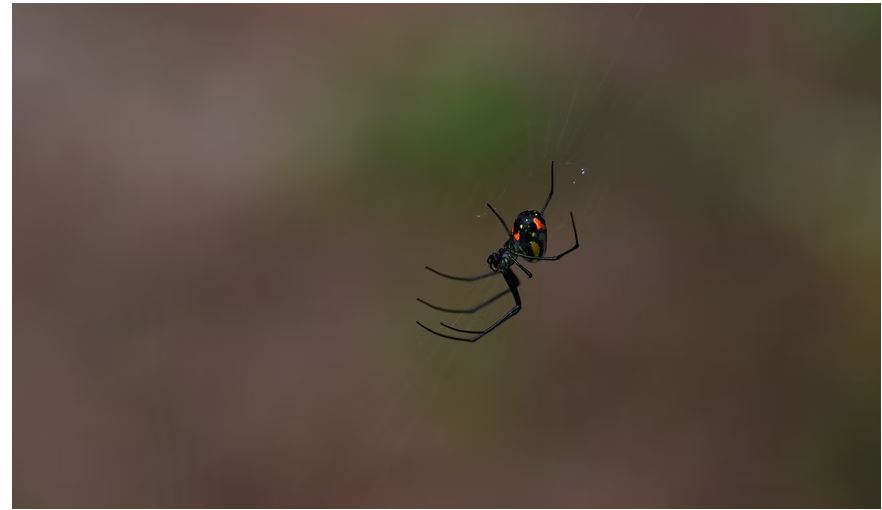
The black widow spider stands out as one of the most dangerous animals in Syria, recognized for its hourglass shape and black body. Packing a potent venom that affects the central nervous and cardiac systems, a bite from this spider can cause permanent organ damage.
While black widows typically do not attack unless provoked, their neurotoxic venom poses a serious threat. Immediate medical attention is crucial, especially for those highly allergic, as it may result in fatalities. Female Black Widows are identifiable by a distinctive diamond-red spot on their backsides.
Gray Wolf
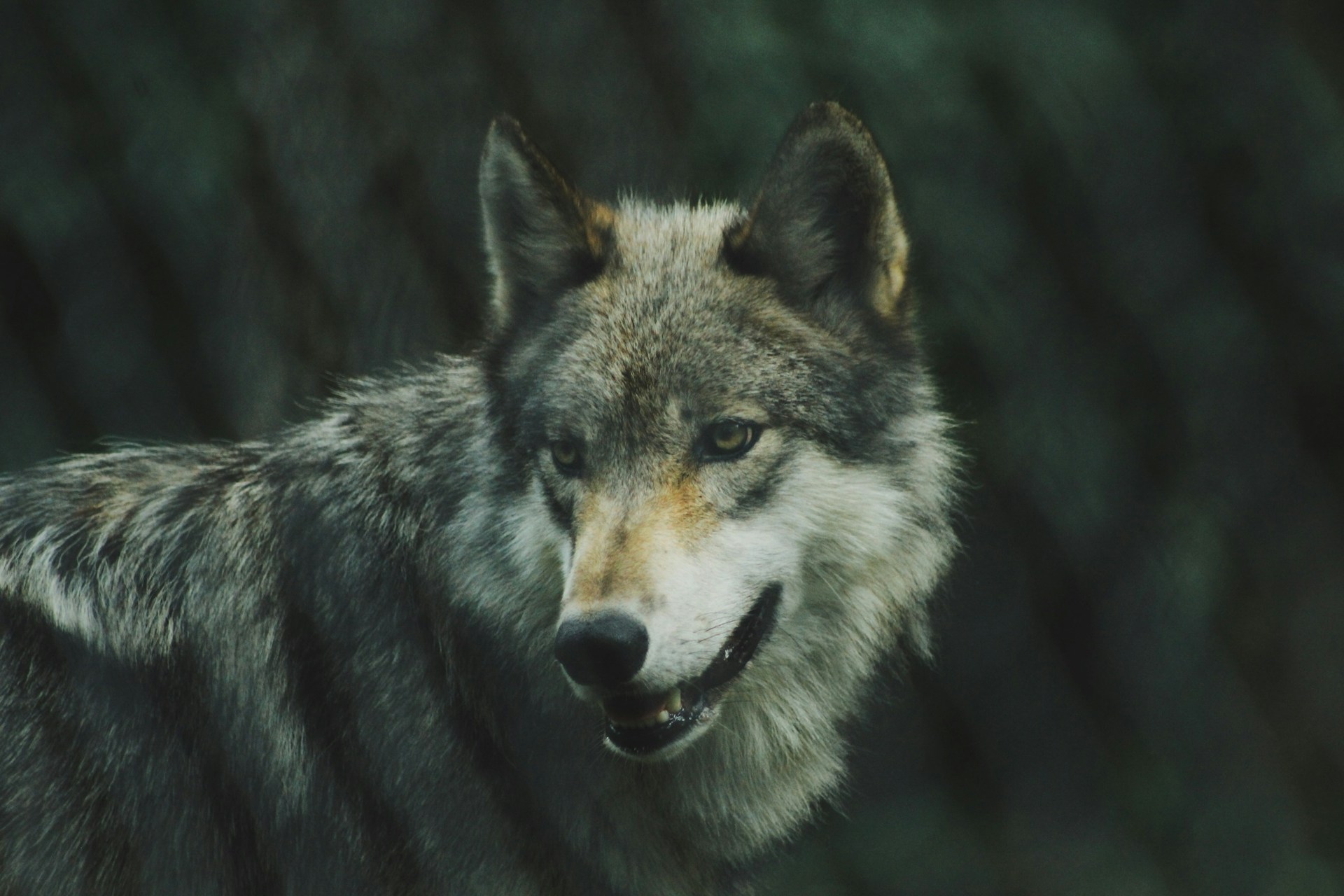
The gray wolf is considered one of the most dangerous animals in the forests of Syria, commonly found in natural reserves, forests, islands, and mountainous regions. While human attacks are rare, these wolves, growing up to six feet tall and weighing 500 pounds, can be formidable if provoked.
Their territorial nature makes interference in their habitat risky. Travelers are advised to stay away to prevent potential attacks, as the sharp teeth and claws of these wolves can cause serious harm.
Blunt Nosed Viper
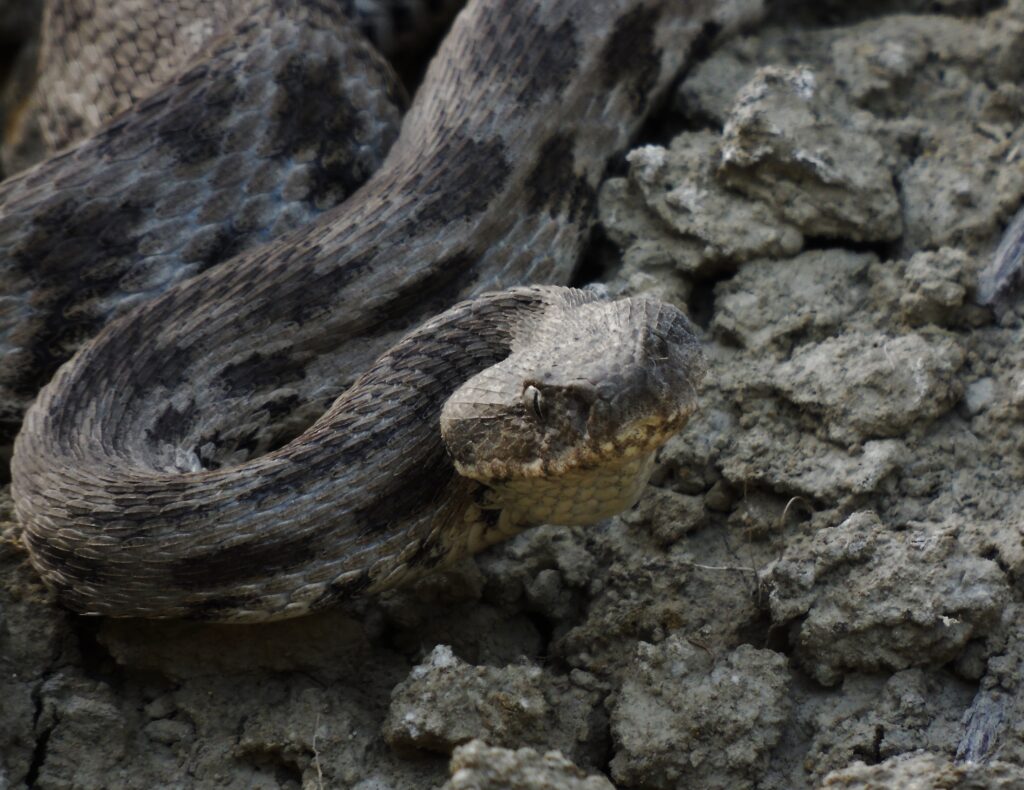
The blunt-nosed viper, a venomous snake in the Syrian mountains, is identified by its brown color and various sizes. With fangs delivering dangerous venom, these snakes emit a hissing sound when threatened. Found in rocky slopes, vegetated areas, and grasslands, their venom can cause hallucinations, excruciating pain, swelling, lowered heart rate, and, in severe cases, death without proper anti-venom administration. Growing up to two meters long, they often dwell under rocks or trees.
Palestinian Viper
The Palestinian viper, among the most venomous snakes in Syria, features diamond zig-zag patterns on its body, a forked black tongue, and is prevalent in grasslands and mountainous regions. Caution is advised when traversing these areas, as their fangs deliver potent venom leading to symptoms like lowered heart rate, hallucinations, respiratory and cardiac failure, and potential fatalities. Immediate medical attention or anti-venom application is crucial if bitten.
Brown Recluse Spider
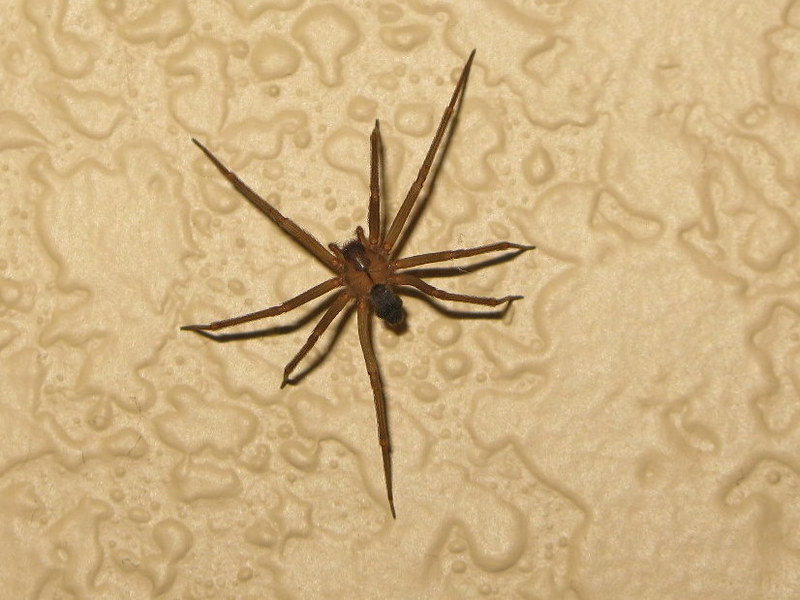
The brown recluse spider, found in Syria, releases dangerous venom when disturbed. Similar to the black widow, their venom is necrotic and can cause paralysis of the central nervous and respiratory systems. Immediate medical attention is vital in case of a bite, as fatalities can occur. Outdoor enthusiasts are urged to dress properly to avoid bites, considering the unpredictable nature of these spiders.
Wild Boar
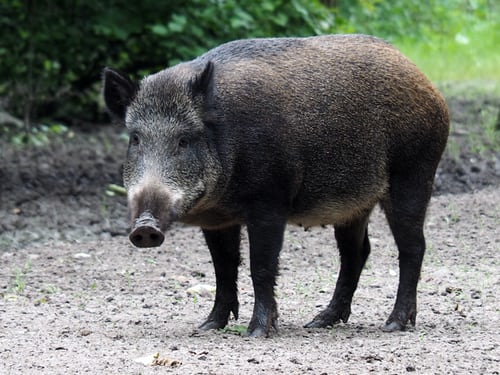
Wild boars, prevalent in Syrian forests and grasslands, resemble domesticated pigs but possess large tusks for protection. Despite their seemingly adorable appearance when young, these animals can become aggressive if provoked or if their habitat is interfered with. Their unpredictable nature makes it essential for individuals to stay away, especially during the mating season or when they have young ones, as they can charge and cause serious harm.
In conclusion, while Syria offers a unique experience in the Middle East with welcoming people, charming culture, and diverse architecture, it’s crucial for visitors to be aware of the potential dangers posed by various wildlife in the region. Taking precautions and respecting the habitats of these creatures is essential for a safe and enjoyable exploration of Syria’s natural beauty.
_____________________
Learn more about the dangerous animals in the neighboring countries:

